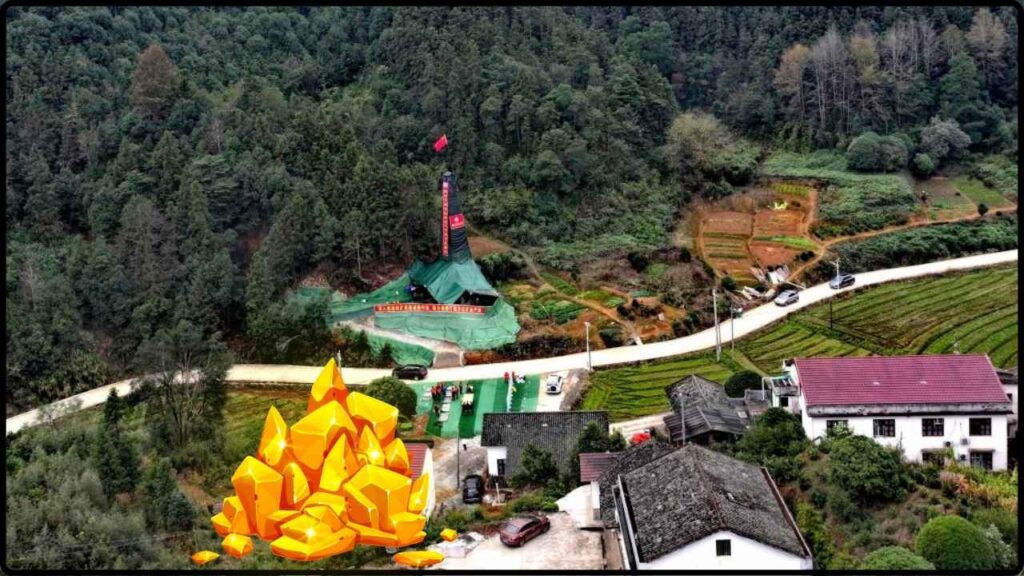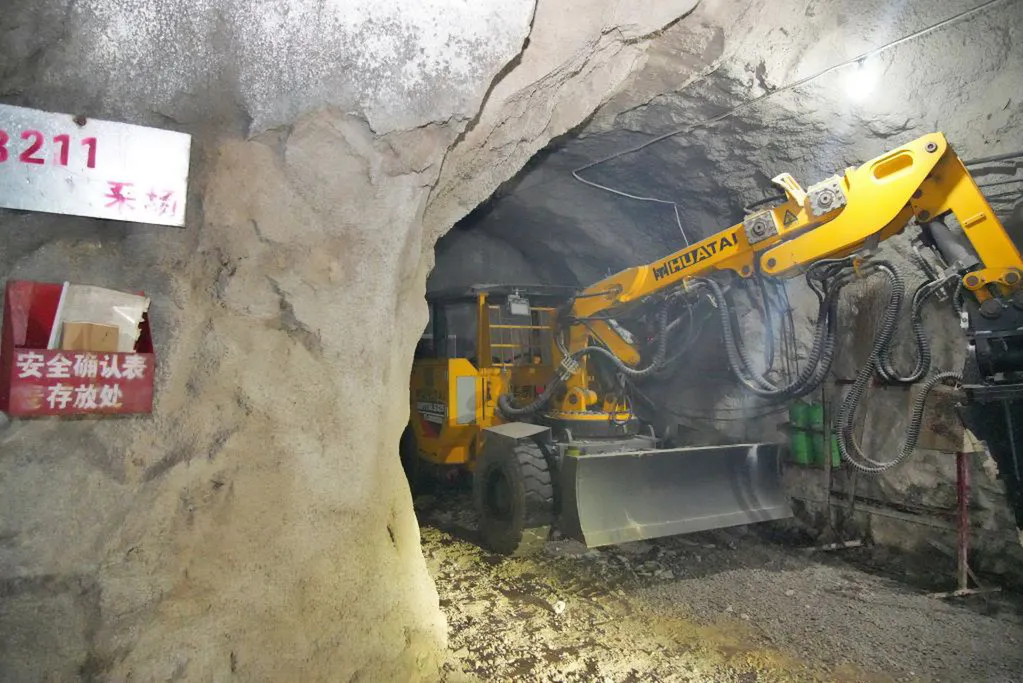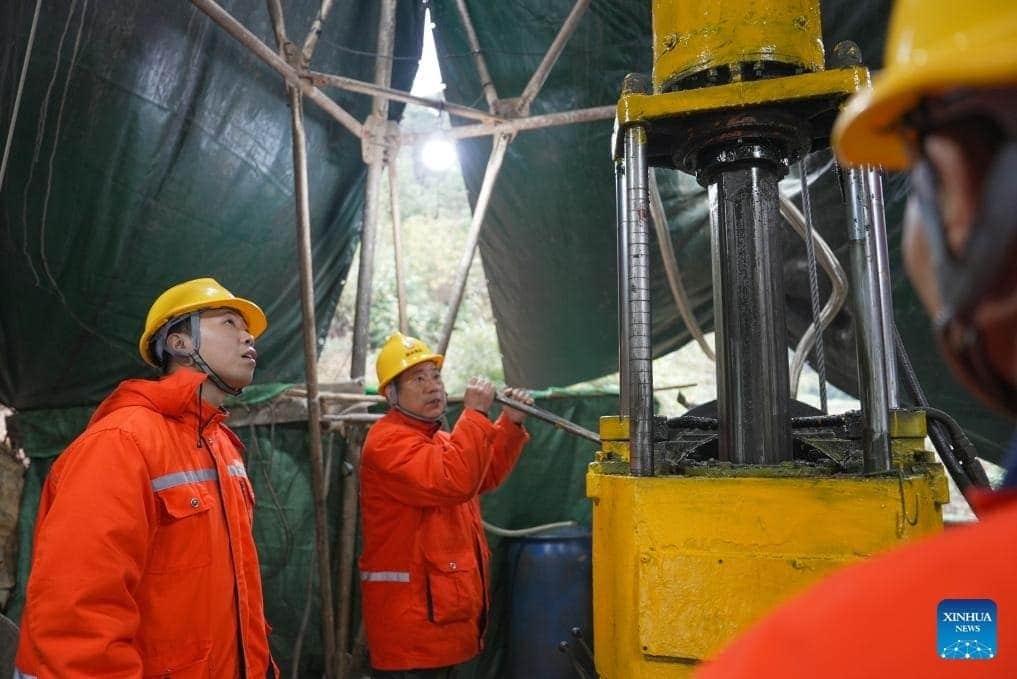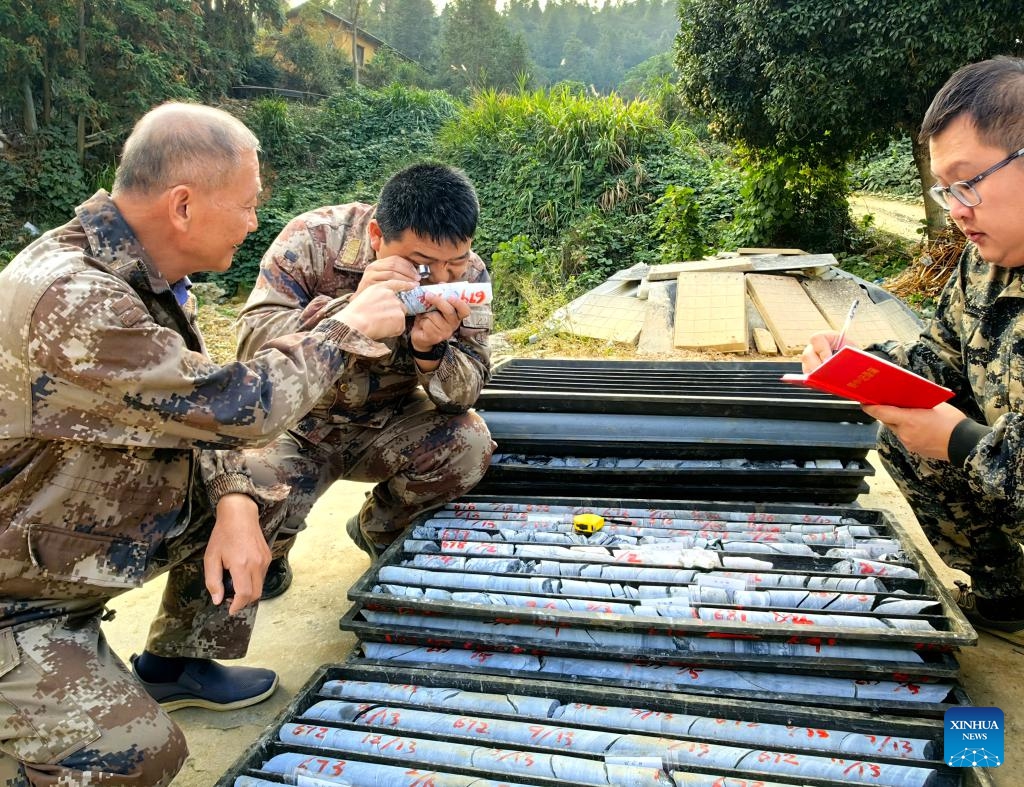Geologists Unveil Colossal Gold Deposit: That’s not just a flashy headline—it’s a game-changing moment in geology, economics, and mining. Deep in China’s Hunan Province, scientists uncovered a potentially world-leading gold deposit with enough precious metal to shake up global markets, redefine mining careers, and supercharge China’s economic strategy. Located beneath the Wangu gold field in Pingjiang County, this super-giant deposit stretches roughly 3 kilometers underground. With more than 40 gold-bearing veins already detected, early estimates show the deposit could hold up to 1,100 metric tons of gold—valued at over $83 billion USD.
Geologists Unveil Colossal Gold Deposit
The colossal gold discovery in Hunan, China isn’t just a geological marvel—it’s a turning point. Estimated to contain up to 1,100 metric tons of high-grade gold worth over $83 billion, this find could alter the balance of global gold production, impact financial markets, and open up thousands of career and investment opportunities. With advanced technology like AI modeling and seismic imaging leading the way, the future of mining is here. But it must be approached responsibly—balancing profit with people and planet.

| Feature | Details |
|---|---|
| Location | Pingjiang County, Hunan Province, China |
| Discovery Depth | 2–3 kilometers underground |
| Gold Reserves | 300 tons confirmed, up to 1,100 tons projected |
| Ore Grade | 138 grams/ton (high-grade threshold: 8 g/ton) |
| Estimated Value | Over $83 billion USD |
| Gold Veins Identified | 40+ distinct veins |
| Technology Used | 3D modeling, seismic imaging, AI-guided exploration |
| Economic Impact | Global price surge, strategic reserve boost |
| Source | Hunan Geological Bureau |
What Makes This Discovery So Special?
This isn’t your average find. To put it in perspective, a high-grade gold ore deposit is anything above 8 grams per ton. This deposit boasts 138 grams per ton. That’s nearly 17 times richer than the global average—and it’s spread across over 40 veins!
To compare, South Africa’s South Deep mine—previously considered the largest—holds about 930 metric tons. If this Hunan site’s projections prove accurate, it would officially take the crown.

How Was It Found? The Science Behind the Strike
This wasn’t a lucky dig. It was a technological triumph. The discovery resulted from a combination of:
- Deep-core drilling, reaching depths of 2,000–3,000 meters.
- AI-powered geological modeling that simulated ore body structures.
- Seismic imaging to pinpoint density anomalies.
- Geochemical fingerprinting using trace element analysis.
These advanced tools enabled geologists to “see” deep into the Earth without disrupting the surface, cutting exploration risks while boosting accuracy.
Environmental & Social Considerations
With great discovery comes great responsibility. Mining at such extreme depths—2 to 3 kilometers—poses massive technical and environmental challenges:
- Groundwater disruption risks are high, requiring sophisticated containment systems.
- Deep shaft mining demands high energy input, contributing to CO₂ emissions.
- Disposal of waste rock must be managed to prevent contamination.
China has increasingly focused on “green mining,” and local officials stated that any development must include:
- Full Environmental Impact Assessments (EIAs).
- Closed-loop water recycling systems.
- Community consultations and workforce training.
Involving local communities not only helps distribute economic benefits, it also mitigates future conflict and environmental pushback.
Global Economic and Strategic Impact
This discovery doesn’t just benefit China—it affects the entire world.
Gold is more than jewelry. It plays a critical role in:
- Central bank reserves
- Currency stabilization
- Inflation hedging
- Electronics and aerospace manufacturing
By potentially producing up to 1,100 metric tons, China could reduce its gold imports significantly. Currently, China imports about three times more gold than it produces. This find could:
- Reduce dependency on foreign reserves
- Boost the yuan’s credibility in global trade
- Affect international gold prices for years to come
Gold prices jumped to around $2,700 per ounce after the announcement. Investors, hedge funds, and central banks around the world are watching closely.

Career Opportunities: Who Benefits from Geologists Unveil Colossal Gold Deposit
If you’re in or entering fields like geology, mining, or earth sciences, this is a massive signal. Here’s who should pay attention:
1. Geologists & Geological Engineers
- High demand for experts in deep-core sampling and AI modeling.
- Rising salaries and international recruitment expected.
2. Data Scientists & AI Engineers
- Mining companies need machine learning specialists to predict ore zones.
- Real-time data analytics and remote sensing are hot skills.
3. Environmental Scientists
- Every major project must meet strict eco-standards.
- Roles in environmental compliance, restoration, and sustainability will surge.
4. Metallurgists & Chemical Engineers
- High-grade ore demands advanced smelting and separation techniques.
- China may invest in cleaner, more efficient gold refining.
5. Infrastructure & Safety Engineers
- Deep mines require complex systems for air, water, and worker safety.
- This means more jobs in mining operations, planning, and logistics.
Student Tip: Universities offering “Mining Engineering” or “Georesource Technology” programs will likely expand admissions. Scholarships may also increase as governments prioritize talent pipelines.
Timeline: Major Gold Discoveries in History
| Year | Location | Gold Discovered | Impact |
|---|---|---|---|
| 1848 | California, USA | ~750 tons | Launched the California Gold Rush |
| 1886 | Witwatersrand, South Africa | ~50,000 tons | World’s most productive gold region |
| 1995 | Lihir Island, Papua New Guinea | ~780 tons | Modern Pacific mega-mine |
| 2024 | Hunan, China | ~1,100 tons (est.) | May redefine global gold dominance |

Historical Context: Gold’s Role Through Time
Throughout history, gold has shaped economies, empires, and ideologies. From the gold-backed U.S. dollar to the current global financial reserve system, gold remains one of the most trusted assets.
- Ancient Egypt considered gold the “flesh of the gods.”
- The Roman Empire issued coins made from mined Spanish gold.
- In modern times, gold serves as a safe-haven asset during recessions.
This new discovery adds to a lineage of game-changing finds, potentially writing a new chapter in global monetary history.
Frequently Asked Questions (FAQs)
Q: Is this the biggest gold deposit in the world?
Yes—if the estimated 1,100 metric tons hold true, this would surpass all known active deposits in terms of high-grade content and size.
Q: When will mining begin?
Not immediately. Deep mining requires long-term feasibility studies, environmental assessments, and infrastructure development. Expect 5–10 years before production.
Q: Will gold prices drop if China produces more?
Long-term prices may soften with increased supply, but short-term reactions often include volatility and surges due to speculation.
Q: What happens to the local community?
Ideally, locals will benefit through employment, training, and infrastructure development. However, this depends on enforcement of fair labor and environmental standards.
Q: Can foreign companies invest in the project?
Currently, the site is under domestic control, but joint ventures or indirect investments (via tech or equipment) may be considered in the future.
Q: How deep is this compared to other mines?
At up to 3 km deep, it rivals some of the deepest mines in the world—like South Africa’s Mponeng, which reaches 4 km.
Q: What else might be found in the region?
Large gold finds often come with silver, copper, or rare earth elements. Further exploration is likely to reveal additional resources.
5,000-Year-Old Meteorite Beads Found in Egypt—Could This Be the Birth of Human Metalwork?
Metal of the Gods? Ancient Egyptians Worshipped This Meteoric Treasure Like Gold
Nevada Just Struck ‘White Gold’—The Shocking Discovery That Could Fuel the Nation
Practical Advice: What You Can Do Now
For Investors:
- Monitor developments through market trackers and gold indexes.
- Consider diversifying into gold ETFs, mining company shares, or commodity funds.
For Career Changers:
- Upskill in areas like GIS mapping, mineral economics, and AI modeling.
- Explore opportunities with major mining firms and geological consultancies.
For Students:
- Pursue geology, metallurgy, or data science with a mining focus.
- Attend mining expos, join professional societies (e.g., SEG, SME), and seek internships.
For Policy Experts:
- Study how such discoveries affect trade balances, sovereign reserves, and inflation.
- Examine ethical mining policies for adoption in resource-rich nations.











